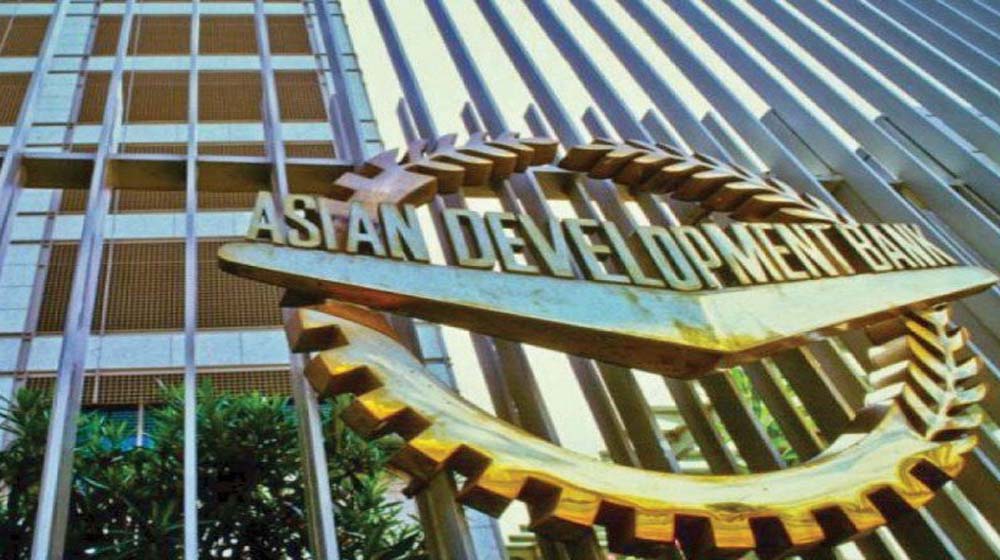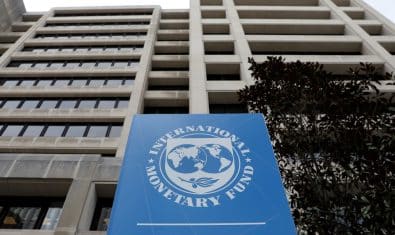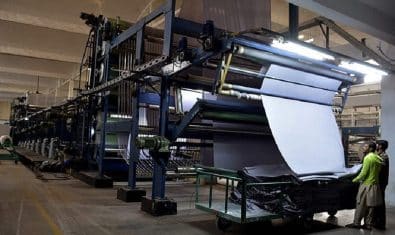Pakistan’s agricultural productivity is relatively low compared to global competitors as agriculture production is hindered owing to various environmental, political and economic shocks, says the Asian Development Bank (ADB).
ADB, in its latest report “Agriculture Development in the Central Asia Regional Economic Cooperation Program Member Countries Review of Trends, Challenges, and Opportunities”, maintained that Pakistan has suffered from episodes of political instability and natural disasters that hindered agriculture production in certain regions.
The report states that a significant portion of Pakistan’s economy is derived from its agriculture sector.
Agriculture’s share of national output has remained constant since 2000, even though it was previously higher. In 2017, agriculture accounted for 24.4% of its national GDP. Currently, the services sector is the largest contributor to national GDP.
In 2016, total agricultural output was approximately $67 billion, compared with the national GDP of $283 billion. Pakistan’s per capita GDP in 2016 was $1,462.
Pakistan’s vast natural resource endowments allow it to produce a wide variety of agricultural products and participate actively in the export of these commodities. It is among the leading producers of several niche horticultural products and staple foods such as rice and wheat.
While greater trade with neighboring countries could have provided mutual benefits, prospects for greater agricultural trade between Pakistan and India run counter to political sensitivities for domestic producers in both countries. India granted Pakistan preferential trade status in the 1990s, shortly after gaining accession into the WTO. However, trade barriers continued to persist on both sides, and India ultimately revoked that status in February 2019.
The report further states that Pakistan’s long-term national development plan, known as “Vision 2025,” aimed to transform the country into a private sector-led major exporter by 2025. However, recent policies, such as the export ban of wheat imposed during the global food price crisis of 2007–2008 and tariffs on imported agricultural products, signal lingering opposition to trade liberalization, even after the simplification of tariff systems in the mid-1990s.
Furthermore, even if partial and full exemptions were introduced for certain commodities in the mid-2000s, tariff levels for those commodities remained high, hindering Pakistan’s greater participation in global value chains. In 2015, Pakistan announced a three-year Strategy Trade Policy Framework, 2015–2018, which aimed to place exports at the center of economic growth. However, from 2015 to 2017, Pakistani exports recorded negative growth each year.
The country is highly vulnerable to climate change, ranking 8th globally in terms of nations most affected by climate-related events from 1998 to 2017 according to Germanwatch’s Global Climate Risk Index 2018. Pakistan incurred $3.8 billion worth of damage from climate change over that time frame.
Agricultural productivity is relatively low compared with global competitors with similar agroclimatic conditions. Agricultural households are constrained by their access to land, as policymakers have struggled to overcome staunch political opposition to implement reform. Meanwhile, the government continues to intervene in certain aspects of agricultural marketing, maintained the report.
The Bank further stated that Pakistan has suffered from weather-related and other natural disasters that could be exacerbated by the effects of climate change. Investment in infrastructure, wider access to agricultural credit, land reform, and policy emphasis on climate resilience will help Pakistan achieve higher rates of productivity growth in its agriculture sector.
Pakistan’s policymakers have focused on enhancing crop productivity through research into more suitable crop varieties, improved water use efficiency (delivery and application) and modernized irrigation, promotion of high-value export crops, better distribution of credit, better post-harvest and marketing mechanisms, and improved access to inputs. However, constraints on Pakistan’s agriculture sector are confounded by problems in public policy and governance. Pakistan must lay the groundwork for identifying and implementing targeted policy strategies that involve active stakeholder participation.
ALSO READ
New Hydropower Dam Projects to Add 9620 MW of Electricity
It states with a total population of about 204 million (of which 122 million or 60 % live in rural areas), Pakistan is a lower-middle-income country with a large agriculture sector. Pakistan has suffered from episodes of political instability and natural disasters that hindered agriculture production in certain regions. Despite these challenges, Pakistan is among the world’s leading agricultural producers in some food items.
The growth of national GDP and the country’s agricultural GDP, highlighting the significantly slower growth rate of agriculture compared with other sectors. The figures suggest little structural transformation among major economic sectors over this period. While there is still a significant gap between agriculture’s share of labor and output, it appears that the two figures have remained steady.
Obesity is an increasing problem in developing countries, including CAREC. Anthropometric data show that this is a minor but growing problem in Pakistan. Obesity had been steadily increasing from 3.8% in 2002 to 7.8% in 2016. The prevalence of obesity is low compared with other CAREC countries but demonstrates the same upward long-term trend

























